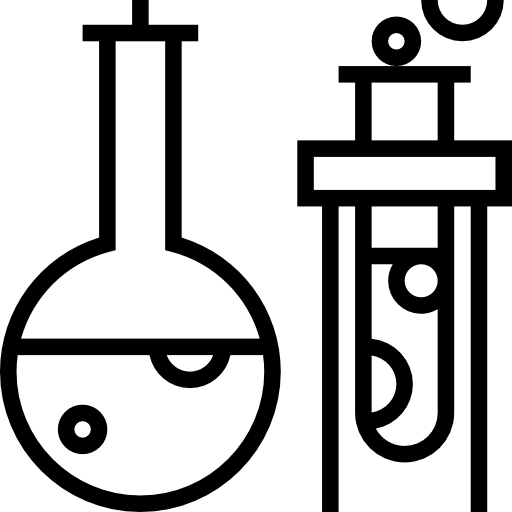
IMO working group makes progress on sulphur testing and verification issues
There appears to be significant support among IMO member States to ensure consistency in fuel oil testing and verification procedures for the verification of compliance with MARPOL Annex VI sulphur limits through regulatory amendments.
The intersessional working group (ISWG) meeting of the Sub-Committee on Pollution Prevention and Response (PPR), held last week at IMO, considered proposals to include a definition of “sulphur content” in Regulation 2 of MARPOL Annex VI. China had proposed to the 72nd meeting of the IMO’s Marine Environment Protection Committee (MEPC 72) that the definition should include references to both ISO 8754 and ISO 14596. However, the ISWG agreed that only one reference test method, namely ISO 8754, should be included. This is in line with the proposal made by IBIA to PPR 5 in February this year.
While the proposals were to include the ISO test method in the regulatory text itself, the draft developed by the meeting placed it in a footnote due to unresolved questions about how ISO standards can be incorporated in IMO regulations.
The decision regarding the draft amendment lies with MEPC and it is expected that such a regulatory change, if approved, would take effect in mid-2021. IBIA has therefore proposed that the anticipated amendment needs to be covered in IMO guidelines to be approved by MEPC prior to 2020 to ensure that the testing and reporting protocol as per ISO 8754 is applied as soon as possible.

Fuel oil sampling on a ship
Also up for discussion were regulatory changes regarding sulphur verification for samples taken from ships’ fuel systems, known as in-use samples. At present, these are not covered by appendix VI to MARPOL Annex VI which deals with the sulphur verification procedure for the sample provided to the ship at the time of delivery, known as the MARPOL sample. There was majority support for dealing with this aspect by amending appendix VI on the sulphur verification method so that it can be applied to both MARPOL and in-use samples, and to simplify appendix VI so that verification of compliance can be achieved by testing at just one laboratory. The current method in appendix VI could require further testing by a second laboratory.
The amendments to appendix VI were not fully agreed at the meeting and will be further discussed at PPR 6 in February next year. However, two main options were emerging as the possible way ahead. One of these is to treat all samples (in-use and MARPOL) in exactly the same way, meaning a sulphur test result from one laboratory should be considered as meeting the regulatory limit as long as the test result does not exceed the limit and the 95% confidence limit as per the statistically proven precision of the test method. The other option would allow the 95% confidence limit to be applied to the in-use sample, but not to the MARPOL sample. This would align the MARPOL sample verification with how ISO 4259 treats the supplier’s retained sample in the event of a dispute. IBIA would like to hear from its members which option they support, and why. Please email IBIA’s IMO Representative, Unni Einemo, on this issue: unni@ibia.net
Regardless of which of the above options go forward, if they do, IBIA reminded the ISWG last week that a regulatory amendment won’t take effect until mid-2021 and hence asked that IMO guidelines are issued prior to 2020 to ask relevant authorities to take the 95% confidence principle into account when interpreting test results for in-use samples. If we fail to do this, we risk that port state control officers will apply appendix VI as it stands now for interpretation of test results for in-use samples, IBIA told the meeting.
The current verification procedure in appendix VI does not fully recognise the limitations of the test method with regards to 95% confidence limit and as such we risk ships being penalised for a test result indicating marginal exceedance of the sulphur limit that could, if the test had been done on the same sample in a different laboratory, have returned a compliant test result.
